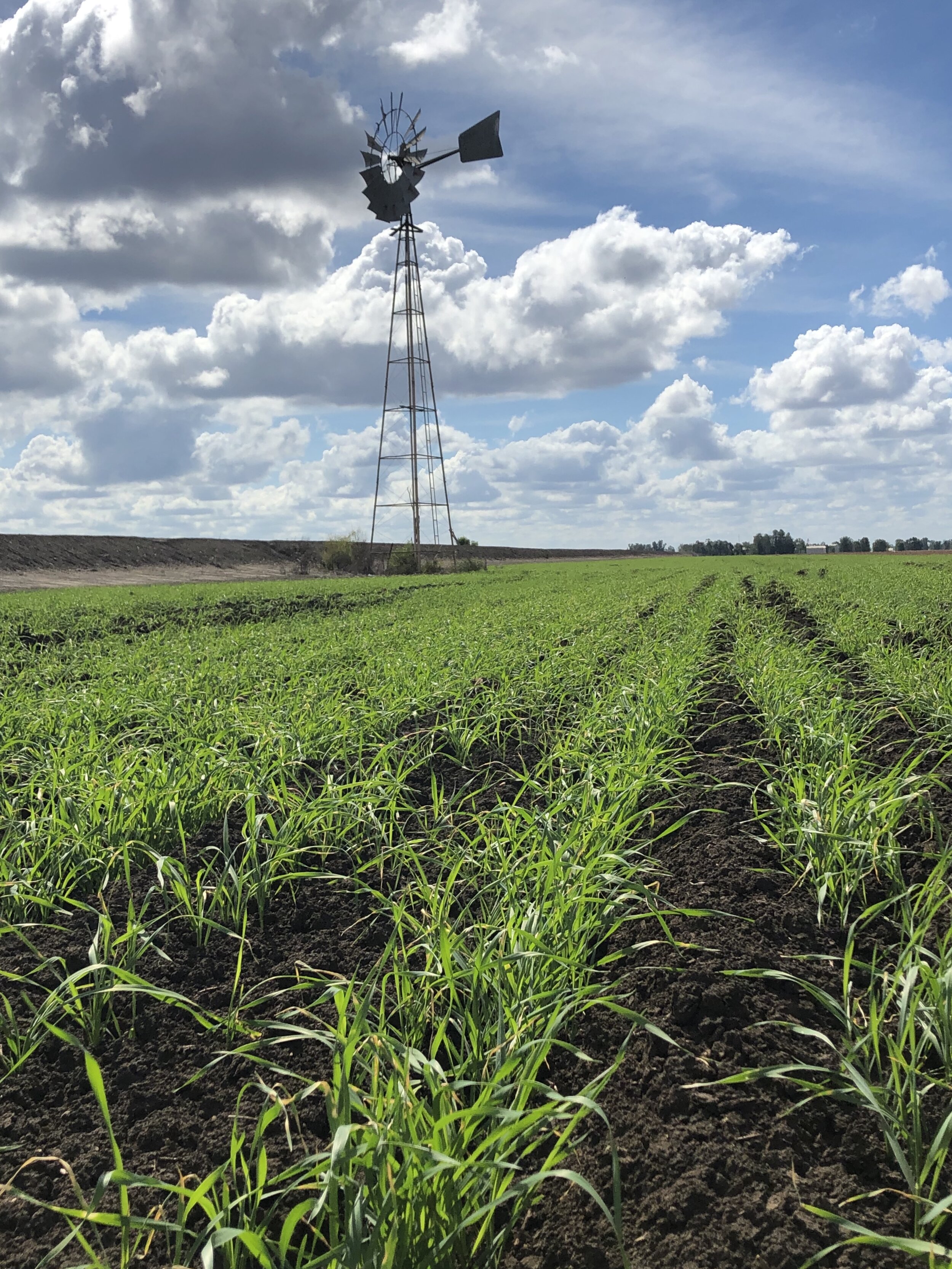Climate in-brief
/Australia has found itself hostage to anomalous high-pressure (chart adjacent), with very little moisture transport from the tropics to inland areas, with the exception of isolated pockets along the coastline
The Southern Annular Mode has tanked negative, which will not assist moisture inflow to central-eastern areas during the remainder of November, but the SAM is expected to move more positive (wet) in December
With a benign MJO, very little tropical activity and subsequent cyclonic activity, however, the air pressure at Darwin has fallen to well below average this week
Multi-week models showing consensus for a more general rain event ~4-14 December where guidance suggests the current stronger than normal air pressure anomaly will abate - enabling easterly moisture penetration into NSW and Qld
Temperatures to remain around normal for the remainder of November, and
Seasonal models for summer season not showing consensus for a typical La Niña rainfall signature, as some caution is recommended for N NSW and SE Qld areas, with the eastern half of Qld and SE NSW showing the most potential for higher-than normal rainfall.
Australian weekly rainfall and relative landscape water balance
Some handy falls in the big rivers area of NT and the gulf over the past week and smaller scattered totals elsewhere along the coast and ranges. http://www.bom.gov.au/jsp/awap/rain/
Water balance anomaly still shows a dry area in SW Qld, with areas along the NSW ranges still above average after reasonable october totals
Australian relative landscape water balance ‘upper soil’ courtesy BOM



















